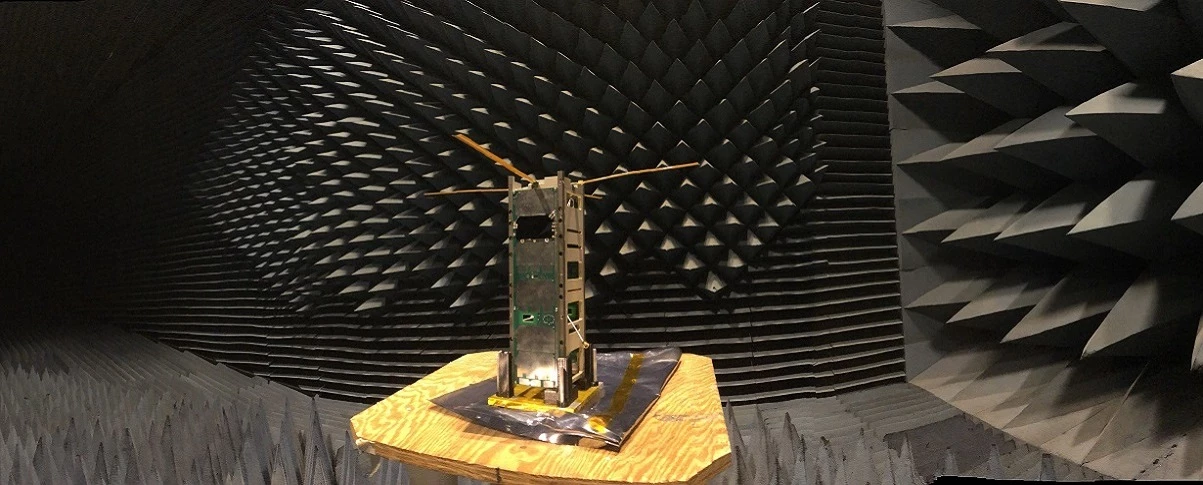A student-built CubeSat from the University of Michigan will investigate whether small satellites can be maintained in low Earth orbit without thrusters or propellant. Scheduled to launch from the Mojave Air and Space Port on Virgin Orbit’s Launch Demo 2 on January 10, 2020, the Miniature Tether Electrodynamics Experiment-1 (MiTEE-1) will test the concept of using the Earth's magnetic field to generate thrust.
About 60 percent of all satellites are in low Earth orbit. This is a bit of a problem because, though on a human scale it's a vacuum, there's actually a thin trace of atmosphere present – enough to generate drag, which causes the satellite's orbit to decay until it burns up on reentry.
The usual way to overcome this is to use thrusters to boost the satellite into a higher orbit, but for smaller spacecraft, and especially CubeSats, this isn't currently an option – although efforts like the ThermaSat design are looking to bring lightweight propulsion systems to CubeSats. The result is that many perfectly good pieces of hardware are destroyed prematurely, deorbiting in a matter of months or even days.
The MiTEE project will test the feasibility of using electromagnetism to provide propulsion by stringing a wire tether 33 to 100 feet (10 to 30 m) long between two CubeSats. The idea is that solar panels would provide electricity, which would run through the wire. As the satellite orbits the Earth, the ionosphere completes the circuit and, because a force is exerted on a wire when it conducts a current in a magnetic field, the tether generates thrust that can be used to boost the spacecraft into a higher orbit. As the force isn't very great, such an approach wouldn't be feasible for larger satellites, but the hope is it will be enough to allow small satellites to compensate for the drag of the atmosphere.

The result of two and half years of work, MiTEE-1 won't actually produce any thrust. Instead, it will consist of a satellite about the size of a loaf of breadbox and another about the size of a smartphone that deploys on a one-meter (33-in) rigid boom. This will measure how much current can be drawn from the ionosphere under various conditions.
The data from the mission will be used for planning and building the next MiTEE satellite, which will demonstrate the electric propulsion system concept in operation.
Source: University of Michigan






